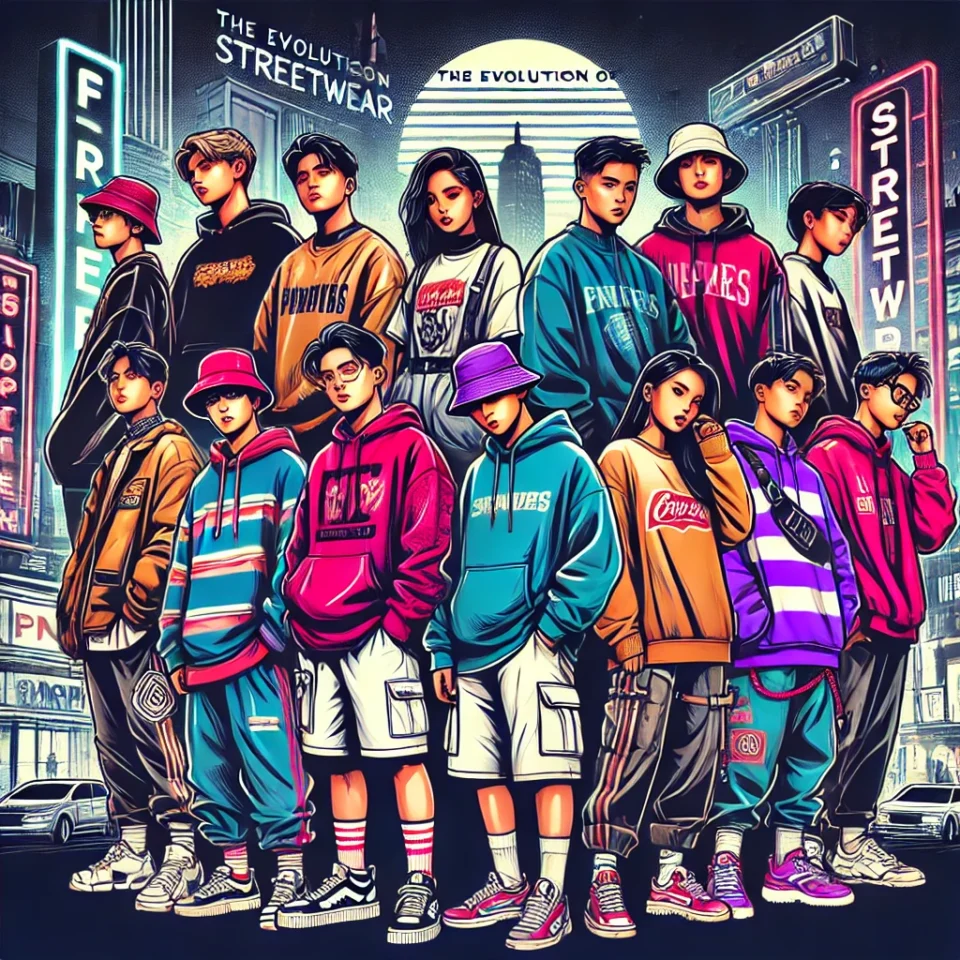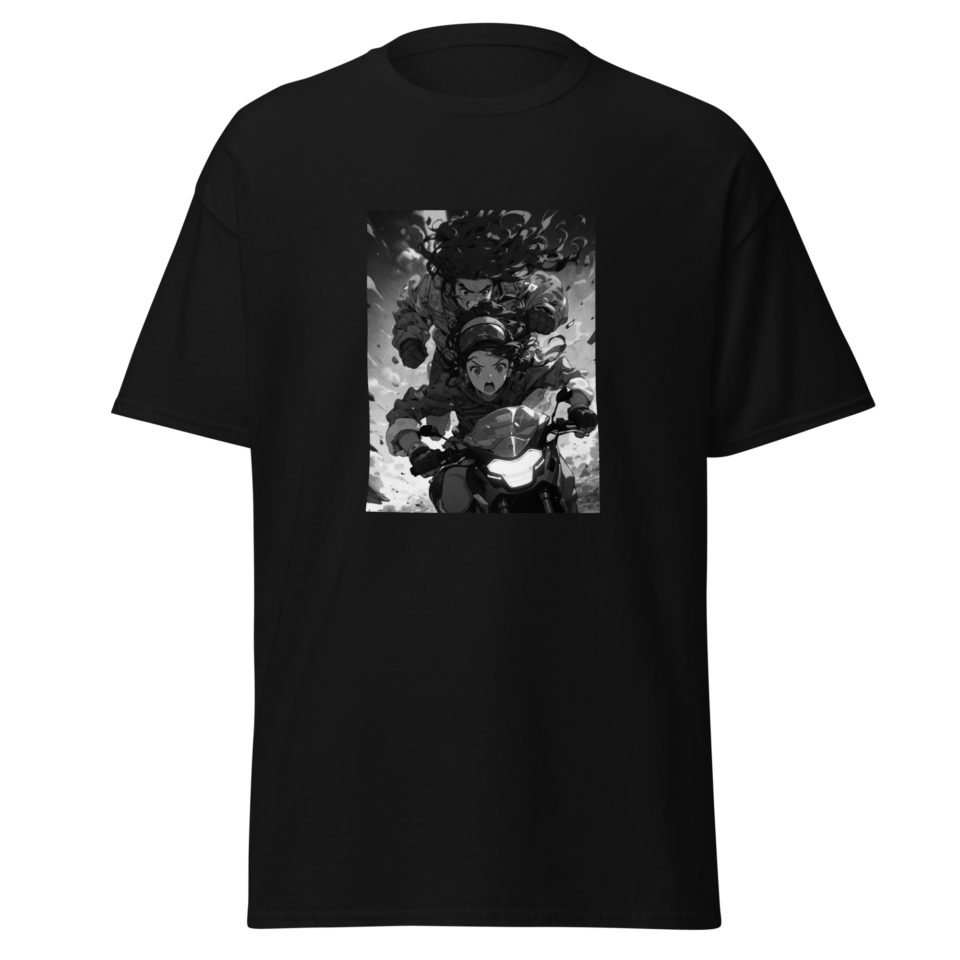
From Underground Movement to Mainstream Fashion
Streetwear in the Philippines has come a long way from its underground roots to becoming a dominant force in the fashion industry. What started as a niche subculture influenced by skateboarding, hip-hop, and global street trends has evolved into a thriving market, embraced by both casual wearers and high-fashion enthusiasts. More than just a style, streetwear in the Philippines reflects self-expression, creativity, and cultural identity, shaping how Filipinos dress and engage with fashion.
But beyond aesthetics, the growth of streetwear has also played a crucial role in boosting the economy, fostering local entrepreneurship, and even influencing the retail landscape. From small independent brands to global collaborations, the streetwear movement has created new business opportunities, driven consumer spending, and contributed to the rise of e-commerce in the country.
The Early Days: Influences and Rise of Local Brands
In the early 2000s, streetwear in the Philippines was largely influenced by Western brands like Supreme, Stüssy, and BAPE. These labels were worn by hip-hop artists, skaters, and urban youth, setting the foundation for what would eventually become a booming fashion scene. While international brands dominated the market at first, Filipino designers and entrepreneurs soon saw the potential in streetwear and began creating their own labels.
Local brands such as Team Manila, Daily Grind, and DBTK (Don’t Blame the Kids) started gaining traction, offering designs that reflected Filipino culture, humor, and social statements. These brands resonated with young consumers who wanted a style that felt authentic and locally relevant, rather than just copying Western trends. The rise of independent streetwear brands paved the way for local businesses to thrive, with pop-up shops, online stores, and streetwear events attracting a growing community of fashion-forward individuals.
The Shift to E-Commerce and Social Media
With the rise of e-commerce platforms like Lazada, Shopee, and Instagram shopping, Filipino streetwear brands gained easier access to a wider audience. Before, consumers had to visit select boutiques or import items from overseas. Now, with a few clicks, anyone can purchase the latest local streetwear drops, fueling a digital economy where brands engage directly with customers.
Social media platforms like Instagram, Facebook, and TikTok have also played a crucial role in shaping streetwear culture. Influencers, celebrities, and online personalities help drive trends, making certain brands go viral almost overnight. Limited-edition releases, exclusive collaborations, and “hype culture” have further boosted demand, leading to higher consumer spending in the fashion sector.
Streetwear as a Driver of Economic Growth
The success of streetwear in the Philippines has had a significant impact on the economy in several ways:
1. Empowering Local Entrepreneurs
The streetwear industry has encouraged small business owners and independent designers to launch their own brands, helping fuel the growth of local startups. With minimal overhead costs thanks to digital platforms, many young entrepreneurs have turned their passion for fashion into profitable ventures.
2. Creating Jobs and Business Opportunities
From printing shops and textile suppliers to content creators and marketing agencies, the demand for streetwear has created various job opportunities in multiple industries. Production, retail, photography, and digital marketing have all benefited from the expansion of streetwear brands.
3. Boosting E-Commerce and Online Retail
The shift to online shopping has made fashion more accessible, with more Filipinos spending on streetwear through digital platforms. This surge in e-commerce activity contributes to the overall growth of the retail sector and encourages digital transformation among local businesses.
4. Attracting International Recognition
Filipino streetwear brands are gaining global attention, with some expanding to international markets or collaborating with foreign designers. This not only boosts the country’s reputation in the global fashion scene but also encourages foreign investments and tourism, as more people become interested in the local fashion culture.
The Future of Streetwear in the Philippines
Streetwear in the Philippines is not just a trend—it’s a movement that continues to evolve. With sustainability, inclusivity, and tech-driven retail experiences becoming more important, the industry is set to grow even further. Brands that adapt to changing consumer behaviors, embrace eco-friendly materials, and explore NFTs and virtual fashion may shape the next wave of streetwear innovation.
As the industry continues to thrive, it presents an exciting opportunity for aspiring designers, entrepreneurs, and fashion enthusiasts to make their mark on the culture and economy. Whether you’re an established brand or just starting, one thing is clear: streetwear in the Philippines is here to stay—and it’s shaping the future of fashion and business.
Shop the Look with Virtuosity Wear & City&Styles!
Looking for the freshest streetwear pieces to elevate your wardrobe? Virtuosity Wear and City&Styles bring you curated streetwear collections that reflect Filipino culture and global trends. Shop now with exclusive limited-time discounts!
🛒 Visit our stores:
🔗 Virtuosity Wear
🔗 City&Styles
What are your thoughts on the evolution of streetwear in the Philippines? Drop a comment below—let’s talk fashion and how it’s shaping local style!
And if you’re looking to level up your streetwear game, check out Réverie’s Printed Animated Tees at Virtuosity Wear. Bold, creative, and designed to make a statement, these tees are the perfect way to express your style.
Shop now and enjoy exclusive, limited-time discounts!
